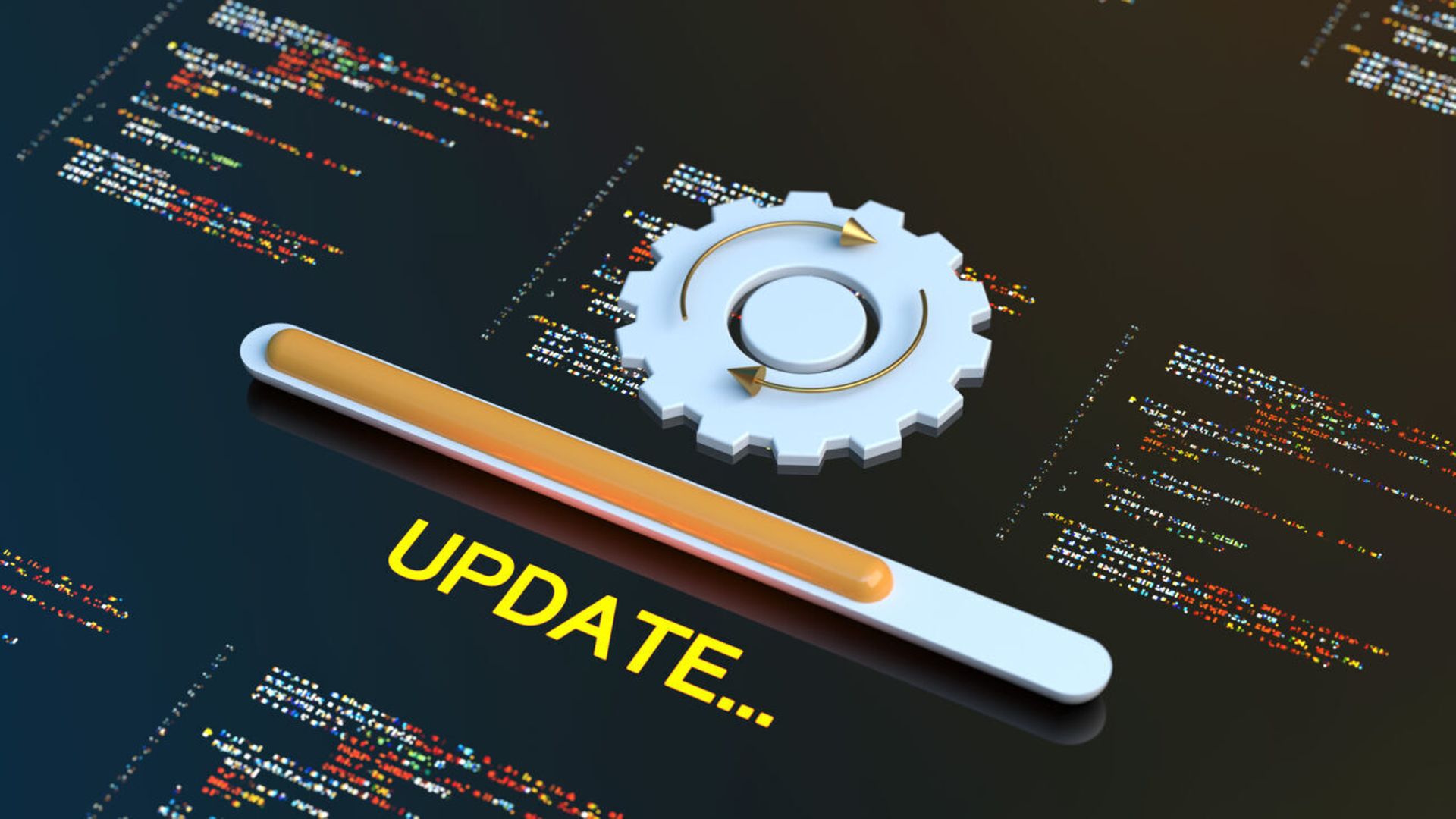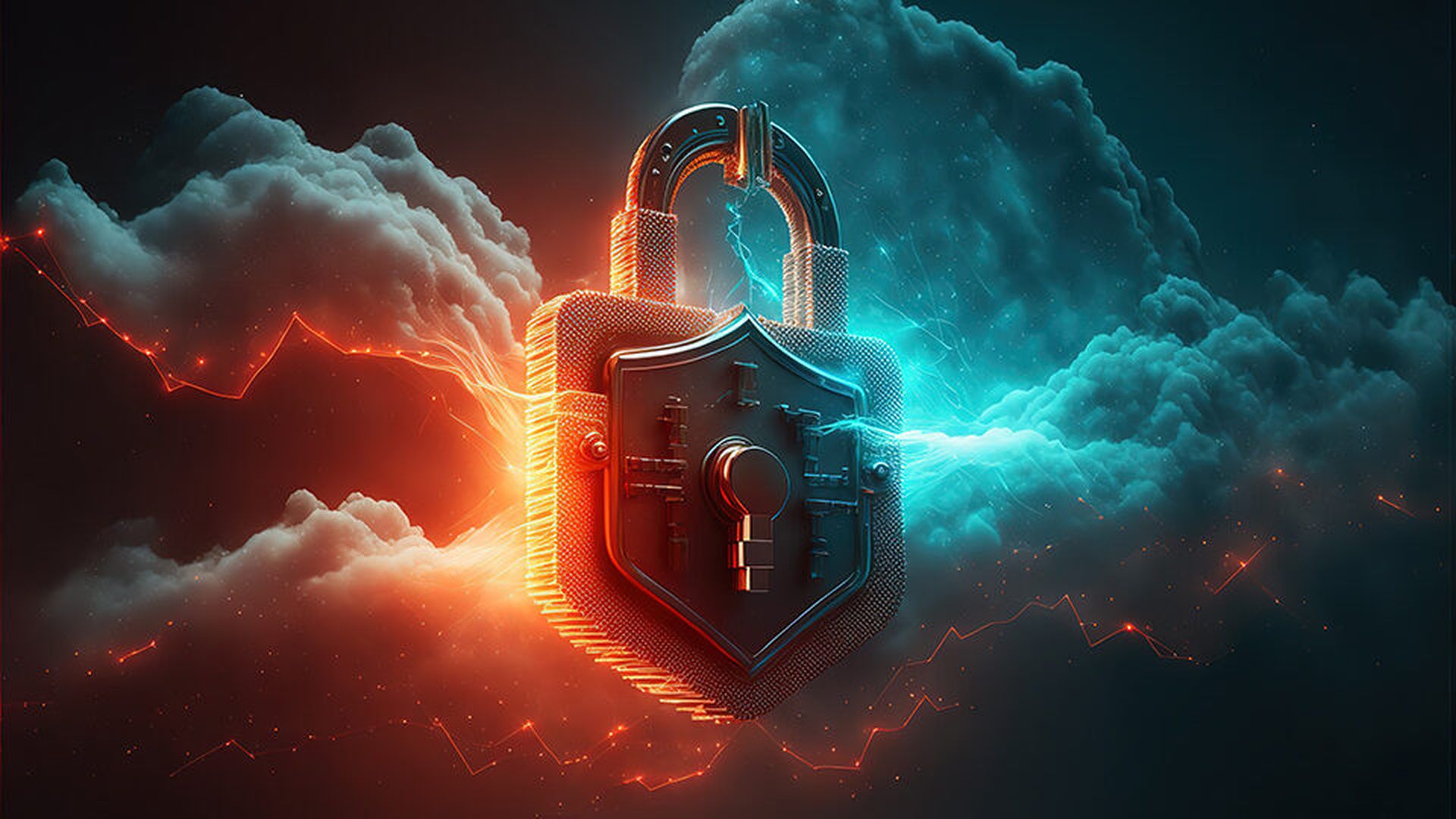COMMENTARY: In 2024, the cyber threat landscape reached a new level of urgency. According to Kaspersky, high-severity incidents in the IT sector surged, accounting for 23% of the most critical cases across industries. For managed service providers (MSPs), this escalation isn’t just a warning. It’s a wake-up call demanding immediate action.As attacks become more frequent and complex, cybersecurity teams face relentless pressure to react fast 24/7. Yet many still rely on email notifications, which can easily get lost in the clutter, leading to slow response times and costly downtime. That is why automated incident notification is now critical, not just to stay competitive but to stay protected.
ChannelE2E Perspectives columns are written by trusted members of the managed services, value-added reseller, and solution provider channels or ChannelE2E staff. Do you have a unique perspective you want to share? Check out our guidelines here and send a pitch to [email protected].
The Need for Speed
Cybersecurity events such as ransomware attacks, data breaches, and network intrusions demand immediate action where every second counts. Delays in notification give threats time to escalate, which can lead to data loss, reputational damage, and operational chaos.Automated notification tools solve this by instantly alerting (pager-like) the right personnel, eliminating delays tied to manual escalation or missed emails. A study by IBM found that organizations using automated response processes cut breach costs by up to 95% compared to those using manual methods. For MSPs, these systems can mean the difference between stopping a breach early or discovering it after major damage is done.Reducing Downtime and Financial Exposure
Time-to-response directly impacts financial outcomes. Statista reported that the average cost of a data breach globally in 2024 was $4.88 million, a 10% increase over the previous year. In the U.S., this figure was notably higher, averaging $9.36 million per incident. Automated alerting tools help reduce this by speeding up containment and resolution. Instead of relying on slow, manual communication chains, automated systems activate the right experts immediately—regardless of location or time of day. This rapid mobilization is especially crucial for MSPs managing multiple client environments. Downtime in even one system can trigger SLA penalties and erode client trust.Coordinating Global, Distributed Teams
MSPs often oversee cybersecurity operations across regions, requiring seamless coordination among on-call professionals. Automated notification tools support this by enabling smooth shift transitions and time zone coverage through intelligent routing and escalation workflows.These platforms follow on-call schedules to ensure alerts reach the right person at the right time. Features like acknowledgment tracking and cascading alerts guarantee that if the first responder is unavailable, the alert automatically escalates—no manual follow-up needed.The result is uninterrupted, reliable communication that reinforces your coverage around the clock.Combating Alert Fatigue with Smarter Notifications
Alert fatigue is a stubbornly persistent problem. A flood of low-priority notifications can overwhelm even skilled analysts, slowing down responses to critical threats. Trend Micro research shows that 70% of IT professionals experience alert fatigue—a risk that grows for MSPs juggling multiple client environments.Modern notification platforms combat this problem by prioritizing alerts based on severity. These systems take a triage approach to suppress non-urgent messages during high-volume periods and push high-severity alerts through persistent channels like app notifications.Building a Compliant Response Process
For MSPs or IT organizations in regulated industries—or supporting clients who are—compliance with standards like HIPAA, GDPR, and NIST is critical. Automated platforms offer detailed audit trails, logging every alert, acknowledgment, and response. These logs are essential during audits and demonstrate that the organization has a structured, compliant incident response process in place. According to Gartner, organizations with integrated automated response strategies face 30% fewer compliance penalties. MSPs can use these features to provide greater value to clients in healthcare, finance, and government.Seamless Integration with Security Infrastructure
A major benefit of today’s notification tools is their ability to seamlessly integrate with existing security infrastructure. From SIEMs to IDS and EDR platforms, these tools pull in threat data and instantly convert it into actionable alerts. A Cybersecurity Insiders survey found that 83% of organizations prioritize integration when selecting alerting tools. For MSPs, this means less manual input and faster response times, turning threat intelligence into action—not just another data point.A Cybersecurity Imperative, Not a Luxury
As cyber threats evolve, so must the tools used to fight them. Automated incident notification is no longer a luxury—it’s a core component of modern cybersecurity strategy. For MSPs delivering backup, disaster recovery, and managed security services, these tools offer measurable advantages in speed, responsiveness, and client satisfaction. Whether it’s speeding up containment, reducing fatigue, maintaining compliance, or ensuring a 24/7 response, automated notifications are transforming how security teams operate.With 2024 marking a spike in serious cyber incidents, the demand for real-time, intelligent alerting solutions has never been greater -- 2025 may be even worse. For MSPs looking to stay ahead of evolving threats, automated incident response isn’t just proactive—it’s essential.ChannelE2E Perspectives columns are written by trusted members of the managed services, value-added reseller, and solution provider channels or ChannelE2E staff. Do you have a unique perspective you want to share? Check out our guidelines here and send a pitch to [email protected].




